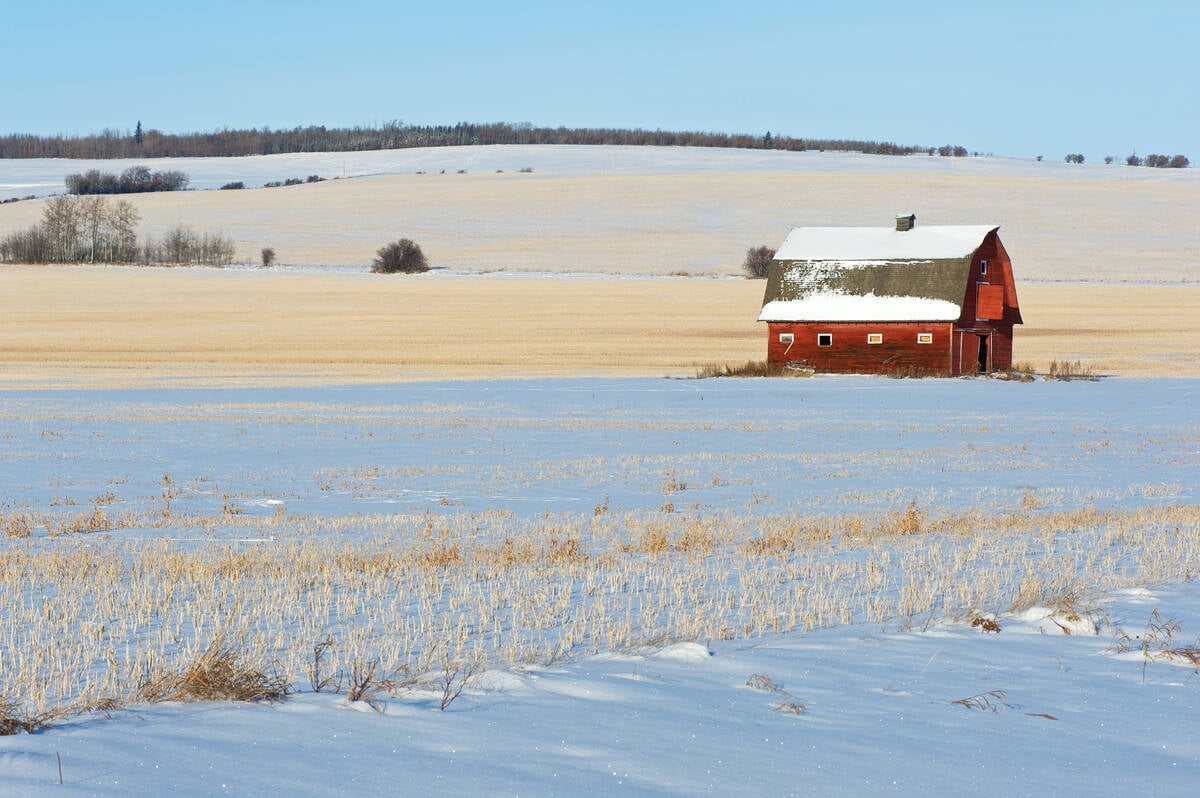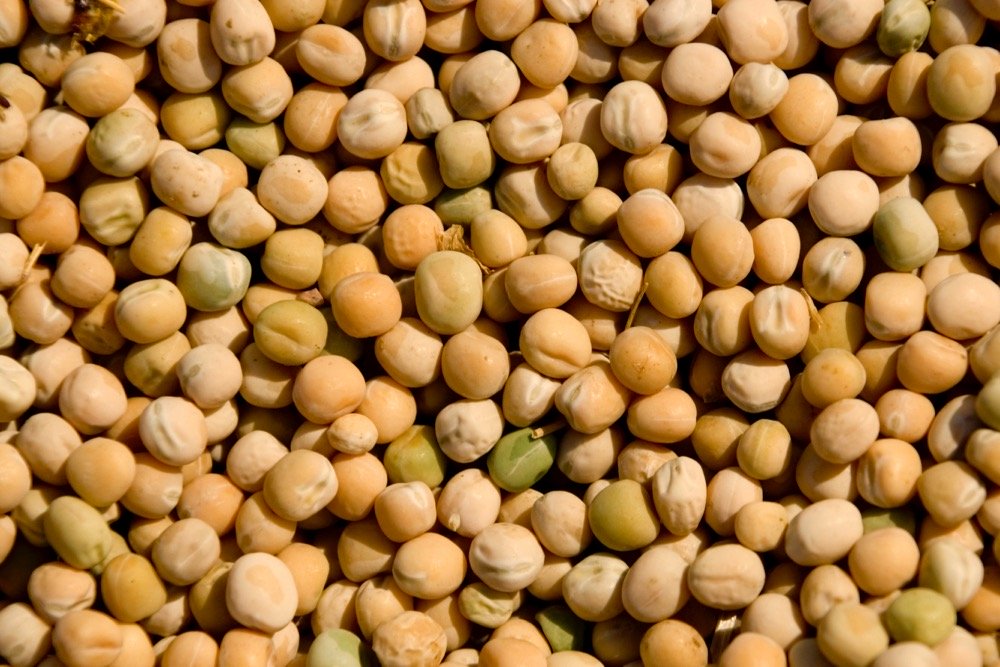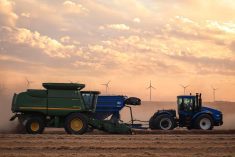MarketsFarm — Earlier this month Manitoba’s minister of agriculture, Ralph Eichler, took to Twitter to sing the praises of dry peas.
“Peas will become the next successful crop in Manitoba. Thank you for believing in the future,” Eichler tweeted.
Part of the minister’s optimism stems from global corporate giant Roquette constructing the world’s largest pea processing plant at Portage la Prairie. When operation starts, expected in the second half of 2020, the $400 million plant will be able to process approximately 125,000 tonnes of peas per year. That’s more than the 104,800 tonnes of peas grown in Manitoba last year.
Read Also

Prairie forecast: Plenty more chances for snow over Holidays
The pattern of Pacific storm system after Pacific storm system looks set to continue for a while longer. We begin this forecast period with a heavy snowfall warning in effect across parts of Alberta.
For 2019, Statistics Canada projected dry pea acres in Manitoba to drop 8.6 per cent to 77,700. Although that’s the third most acres in the country, Manitoba’s crop is a fraction of the peas grown in Saskatchewan and Alberta.
In Agriculture and Agri-Food Canada’s May outlook for principal field crops, pea production has been projected to increase by nearly 420,000 tonnes, to four million tonnes for the 2019-20 crop year.
When the Roquette plant is built, Eichler expects Manitoba’s pea production to increase.
“Currently, Roquette is expecting to contract 60 per cent of their peas right here in Manitoba, which was originally higher than company expectations,” the minister said in an email to MarketsFarm.
One specialist with Manitoba Agriculture predicted pea acres in the province will reach 100,000 acres in 2020 and balloon to 300,000 in the following years.
Given China’s ban on canola imports from Canada, Eichler said it’s good there will be more value-added processing in Manitoba to provide farmers with more confidence in making planting decisions.
“There will always be a demand for peas worldwide. Peas are such a versatile commodity. With peas being high in protein and Manitoba looking at becoming the protein supplier of choice, grain companies will always be able to find and assist farmers with different ways and tools to market their product,” he said.
— Glen Hallick writes for MarketsFarm, a Glacier FarmMedia division specializing in grain and commodity market analysis and reporting. Includes files from Melanie Epp for Glacier FarmMedia.
Table 1. Pea production, in thousands of tonnes.
| Location. . |
2017. . | 2018. . | Diff (%) |
| Canada | 4,112.2 | 3,580.7 | -12.9 |
| Sask. | 1,973.8 | 1,780.7 | -9.8 |
| Alta. | 1,991.5 | 1,608.4 | -19.2 |
| Man. | 80.3 | 104.8 | +30.5 |
| B.C. | 66.6 | 74.4 | +11.7 |
| All others | n/a | 12.4 | n/a |
Table 2. Projected pea area, in thousands of acres.
| Location. . |
2018. . | 2019. . | Diff (%) |
| Canada | 3,615.3 | 4,035.9 | +11.6 |
| Sask. | 1,935.3 | 2,168.2 | +12.0 |
| Alta. | 1,511.4 | 1,697.5 | +12.3 |
| Man. | 85.0 | 77.7 | -8.6 |
| B.C. | 70.0 | 70.0 | 0.0 |
| All others | 13.6 | 22.5 | +65.4 |
Source: Statistics Canada.
















